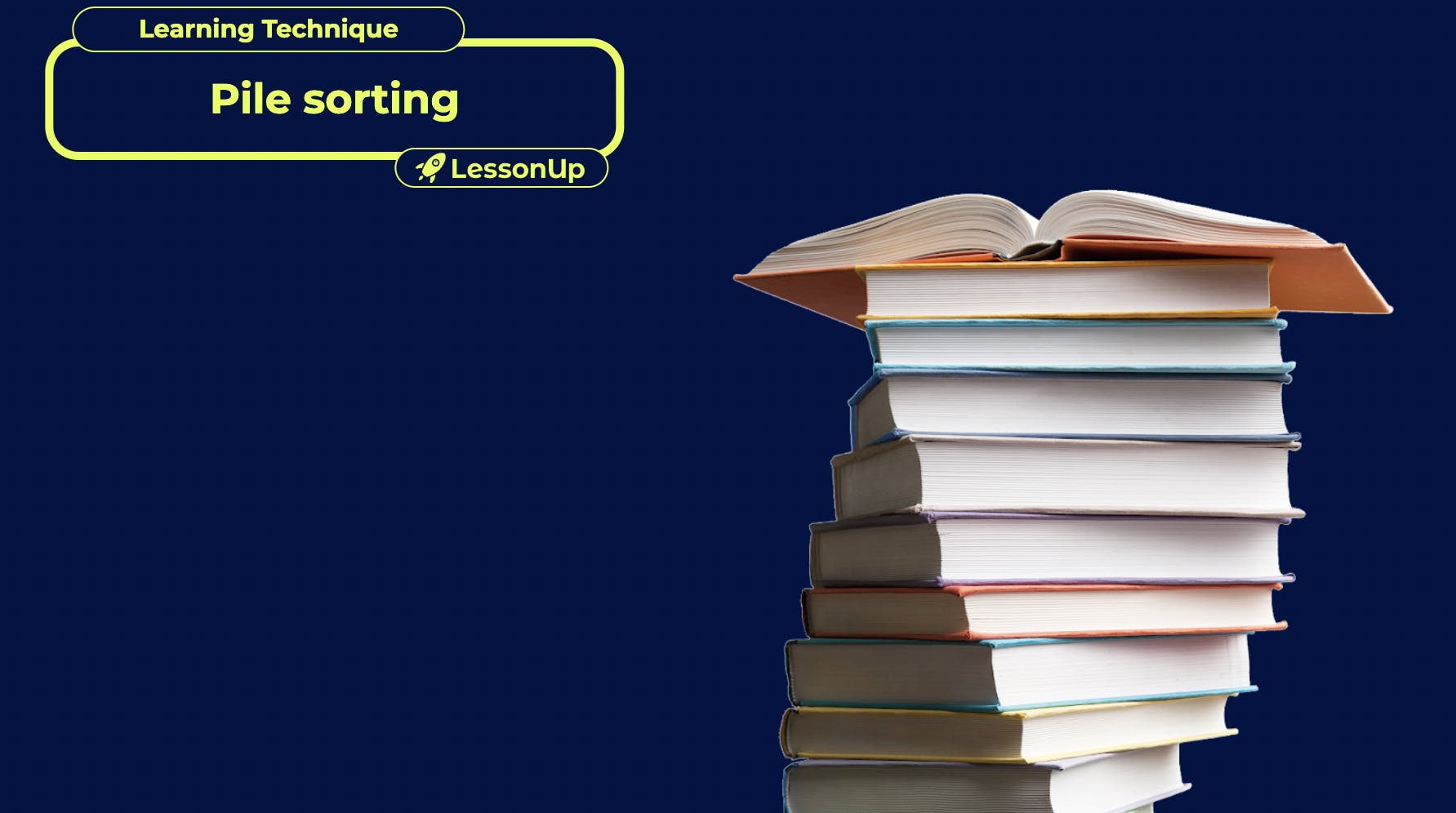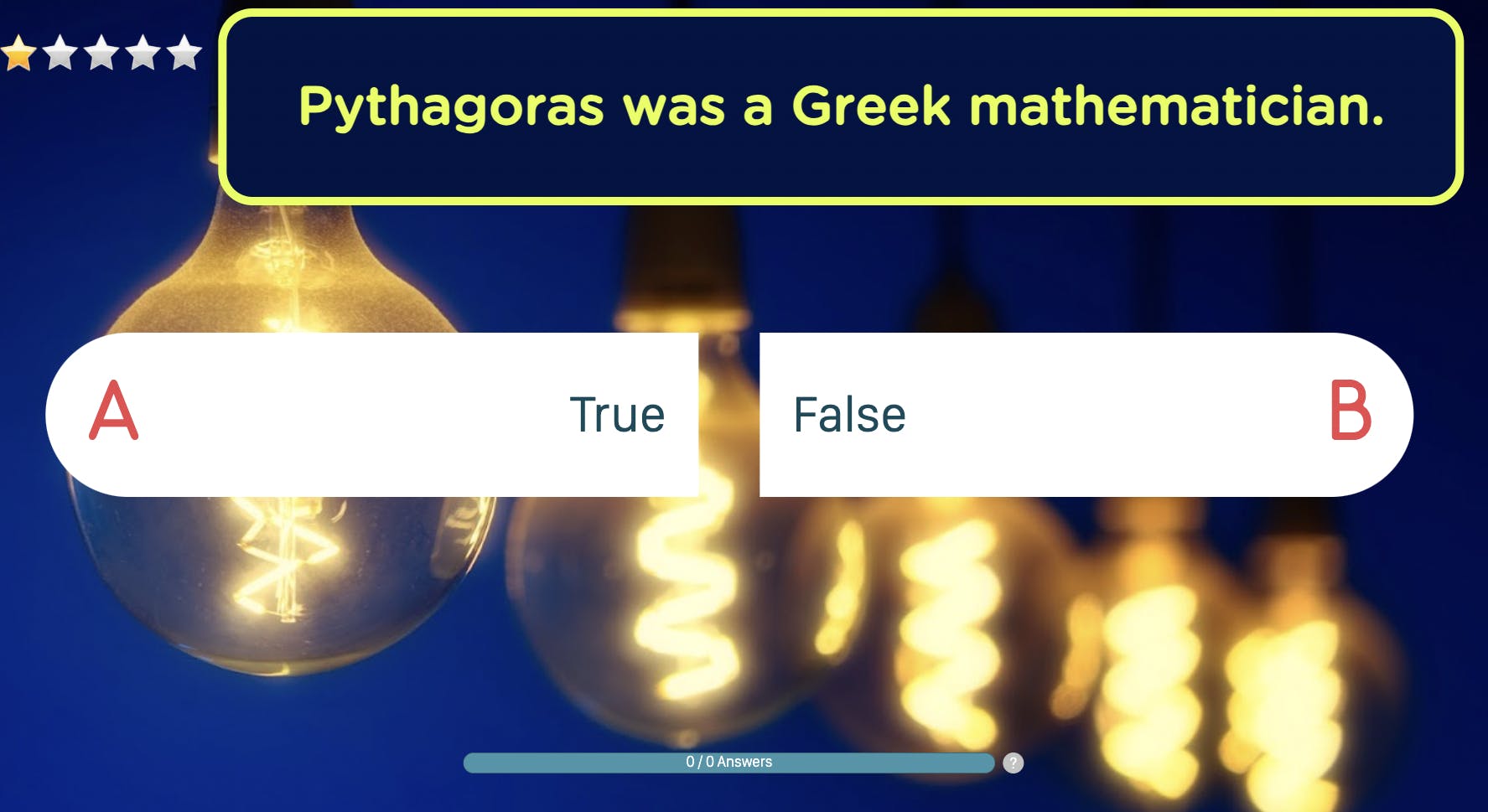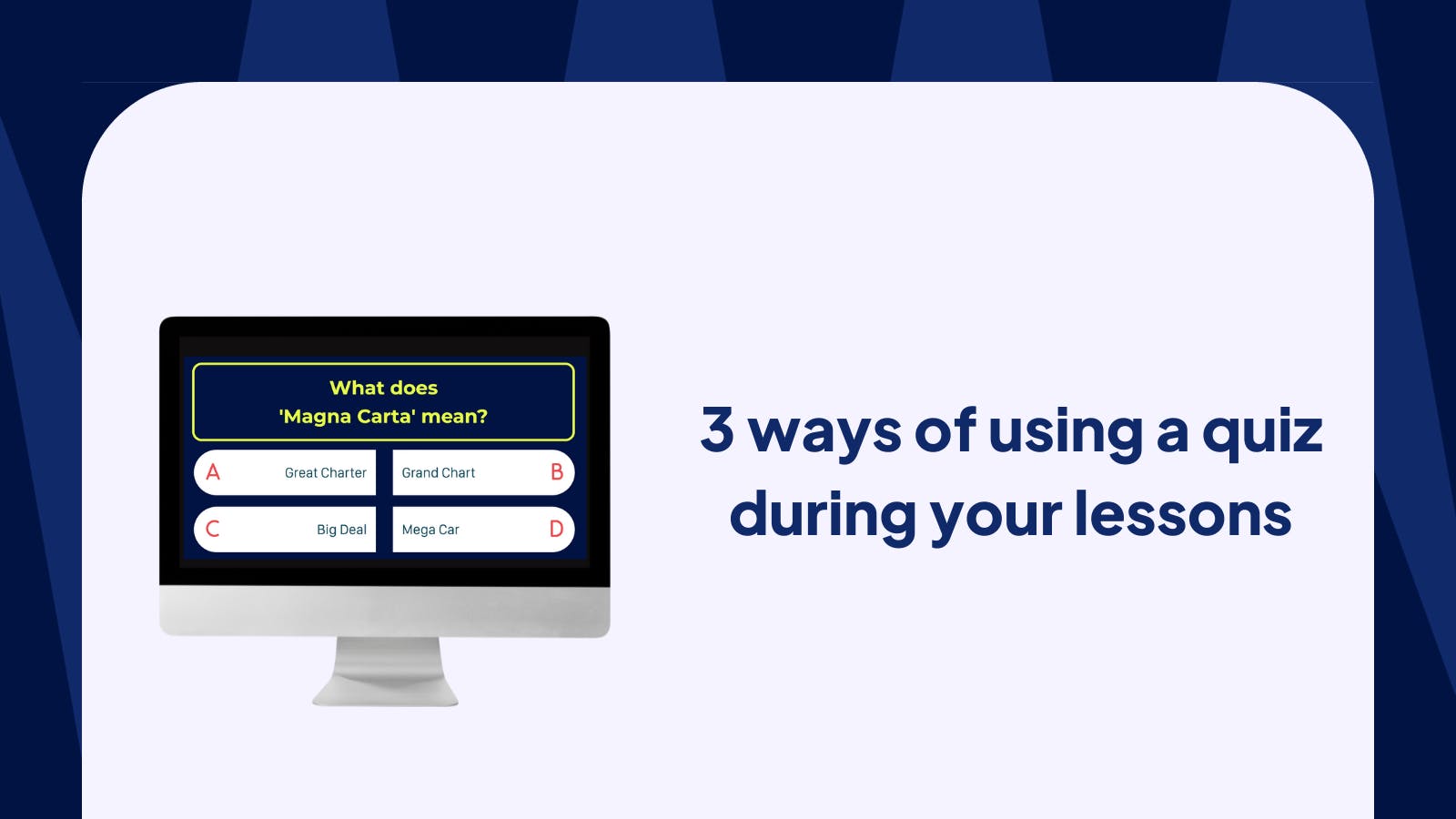Effective ways to assess what your students know - applying Rosenshine's principles

After having explained a new topic to your students, it is time to ask them questions about it, and assess what they know. Hereunder we propose 3 learning techniques to support you in the application of Rosenshine's Principles in the classroom, while asking questions.
Top 3 learning techniques to apply 👉 when asking questions
Which Rosenshine principles are applied in the following three learning techniques?
- Ask a large number of questions & check the responses of all students (principle 3)
Engaging in effective question asking is one of the most powerful tools you can use to enhance student learning, and encourage students to explore a topic in depth. Questions allow you to:
- Establish how well students are engaging with your material.
- Determine whether to dedicate more time to explore a subject.
- Enhance student learning by requiring them to retrieve prior knowledge.
- Provide scaffolding for difficult tasks (principle 8)
When introducing students to more complex material, Rosenshine suggests using scaffolding in your lessons. Scaffolding is when you facilitate students’ gradual mastery of a concept or skill by gradually reducing your assistance.
1. Pile sorting
Students are stimulated to dive deep into a subject by exploring a number of different concepts.
Define three columns indicating three different topics/facts relevant to what you are teaching. For each topic think of related concepts which fall under the same category, and write them on concept cards. You could use paper cards, or digital cards created in a platform like LessonUp. We suggest to divide students in groups of two or three, and ask them to take turns. Each team/student picks a concept card and is asked to indicate which column/topic it belongs to.
Pile sorting differs from standard question answering. It creates links between related concepts, allowing for a deeper understanding of the subject you are exploring.

Simplify pile sorting by making it digital
LessonUp provides an ideal interactive feature for the mentioned learning technique: the drag-and-drop question.
Start by creating three 'drag targets': two representing different topics related to your subject and a third 'mixed' target for concepts that apply to both. After setting up the three columns/drag targets, create digital cards that list all the concepts you want your students to consider. The straightforward action of dragging these digital cards to the appropriate targets enhances their learning experience.
2. 5 about 1
This learning technique involves using clusters of five true/false quiz questions related to a single topic. Students are presented with five statements or facts about the subject and must determine whether each one is true or false.
The objective is for students to correctly identify at least three out of the five true/false statements. This target is arbitrary but adds an element of playfulness to the challenge. After completing the assignment, discuss the statements with your students to clarify misconceptions.
You can implement the '5 about 1' technique during any phase of the lesson: as a lesson starter, to review material before a test, or as part of a formative assessment. It can be adjusted in complexity to suit any subject and level, making it a versatile and engaging tool for learning.

Real-time feedback for digital quizzes
The best way to apply this learning technique with LessonUp’s teaching platform, is by implementing a number of quiz questions within a lesson.
Creating quizzes in LessonUp is a straightforward process that you can learn in no time. Once your students have placed their choices, you can immediately check their answers, and provide them with real-time feedback both in person and/or digitally.
The results of all the quizzes will automatically be saved in your students’ reports.
3. Bingo!
There is not much to explain while introducing this learning technique. Every teacher knows what bingo is, and has played it once or twice.
Bingo can be applied to all subjects in different ways. Herewith a couple of examples:
- Maths: indicate a number of different additions. The numbers resulting from resolving the additions have to be covered/crossed out on the bingo cards.
- Geography: indicate a number of different countries. The capitals of the indicated countries have to be covered/crossed out on the bingo cards.
- Chemistry: indicate the names of the elements. Their symbols have to be covered/crossed out on the bingo cards.
- History: indicate a number of historical events.The years these events took place have to be covered/crossed out on the bingo cards.
In a playful way, students are asked to explore different kinds of notions concerning your subject. Brain connections and information processing are reinforced.

Use a digital spinner to play bingo with your students
The LessonUp spinner serves as an ideal interactive tool for the bingo learning technique. Teachers initiate the digital spinning of the spinner, prompting students to mark off their answers on their bingo cards, much like in traditional bingo games.
For word-based activities, it's essential to prepare customised bingo cards in advance. Online generators are available to create cards with the desired number of words. Alternatively, for mathematics teachers, standard bingo cards with numbers can be used. On different segments of the spinner, indicate the selected additions, countries, historical events, or any other data relevant to the lesson. Provide a dynamic and engaging way for your students to interact with the learning material!
Want to apply Rosenshine's principles in your classroom? Discover how you can guide and monitor your students with LessonUp—Guide & monitor your students all the way



